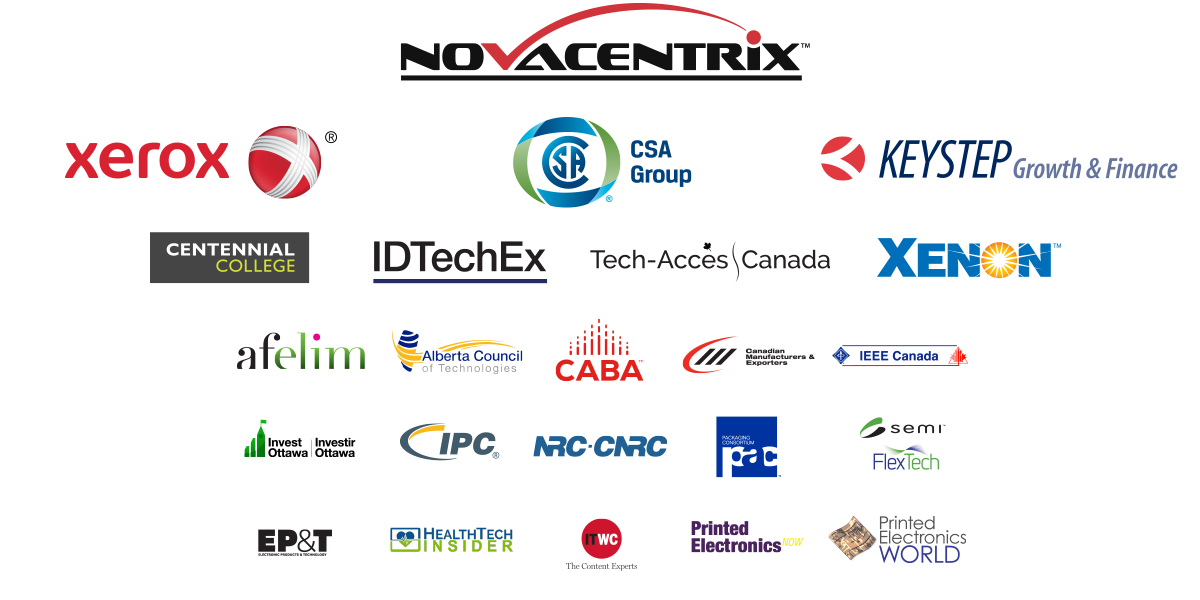
Dave Rice
SVP, Marketing, TactoTek Inc.
![]()
Dave Rice leads TactoTek™ global marketing and product management. He has extensive experience identifying and developing high value, addressable market opportunities for innovative electronics and software solutions as a CEO, and leading marketing, product management, and business development teams in early-stage startups and public enterprises. He earned his bachelor’s degree from Stanford University, and an MBA from the University of Oregon. Dave joined TactoTek in 2013 and has contributed to the company’s growth from an early-stage startup to the market leader in Injection Molded Structural Electronics (IMSE™).
Merging Form and Function with Injection Molded Structural Electronics
TactoTek Injection Molded Structural Electronics (IMSE) is a revolutionary technology that changes the way electronic parts such as HMI surfaces are designed and built. It is a solution that integrates printed electronics (circuitry, sensors, and antennas) and discrete electronic components (LEDs, ICs, etc.) inside of 3D plastic structures, thus changing the 100 years old picture of electronics as “components in a box” into 3D smart plastic surfaces.
TactoTek IMSE integrates building blocks of lighting, sensors and active control electronics to deliver a wide range of functions in high visual quality 2D and 3D plastic structures that are 2-4 mm thick. The TactoTek IMSE manufacturing process consists of five steps: 1) Print decoration on plastic film, 2) Print wiring, electrodes, antennas and other printable electronics on the film, 3) Mount standard SMT electronics on film using standard 2D SMT, 4) Thermoform the assembled film into desired 3D form and 5) Use the assembled and formed film as an insert in standard injection molding process. Steps 1, 2, and 3 take place when the structure is 2-dimensional, using existing high-speed mass manufacturing equipment and processes.
IMSE solutions reduce space and weight and simplify assembly while creating differentiating design opportunities. Some specific technology benefits worth highlighting include: using the plastic structure itself as a light guide instead of external assemblies, and placing sensors and antennas extremely close to part surface to improve signals and reduce noise.
The technology is suitable not only to plastic surfaces, but it is well applicable to natural surfaces, such as wood veneer and leather also. This allows high value aesthetic surfaces to turn into smart functional systems. This, in turn, is a game changer in e.g. modern automotive interiors.
Special emphasis is given to environmental benefits over traditional electro-mechanical structures in the form of Life Cycle Assessment of an IMSE product in comparison with a traditional reference product.
40
Industry-leading
Speakers
20
Industrial
Exhibitors
15
Technical
Posters
4
Master
Classes
10
Startup
Launch Pad
10
Startup
Mentorships
60
Women in
STEM
4
Innovation
Awards
Submit an abstract for your opportunity to speak.
Closed
Limited availability, one admission included with reservation.
Only 7 remaining
Present a technical, academic or research based poster.
Still Open
Professional grade - 4 classes to choose from.
Signup now.
New opportunities for Startups to exhibit.
Only 3 spots available
Helping Startups find partners and get to market.
Closed
Recognizing women in our industry and bringing them to the forefront.
Awards & opportunities available
Recognizing Research, Commercialization, Startups and Women in STEM.
Open
CPES2018 Sponsors & Partners


